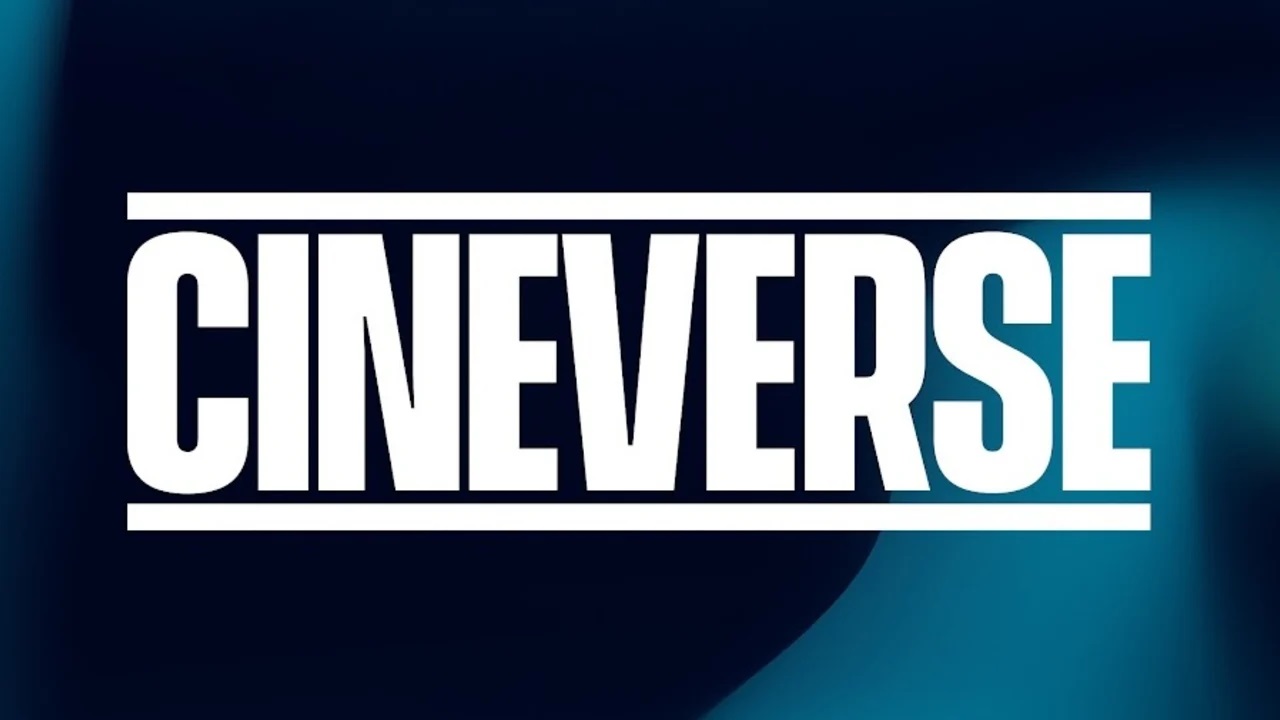Centralized graphics
With the recent FCC rulings on ownership rules, interest will likely increase in the topic of centralized graphics in news production departments. A brief overview is in order to assist in determining if a centralized graphics workflow system is right for your operation.
Overview and discussion
The Weather Channel and TV Guide had two of the first centralized graphics operations. These pioneering systems were in place and up and running before the terms centralized graphics or centralcasting were coined. Now centralized graphics systems are widely used, primarily by station groups with news operations in multiple markets. With limitations on single-market ownership relaxed, it is logical that centralized graphics will also be engaged within markets to further increase operational efficiencies.
Centralized graphics is a system that provides a central location for creating graphics and a system of distributing these graphics to remote facilities. Centralized graphics are frequently employed by station groups seeking to consolidate, centralize and ultimately lower the expense of creating graphics content. While management is not reducing head count at facilities, a centralized workflow allows reduced hiring in graphics creation and news departments by allowing journalists and other non-artist members of the team to either selectively drag and drop remotely created packages into their newscast or automatically apply a graphics template created for a local “look and feel” to remotely created content.
Additionally, by employing more experienced graphics talent at hub locations, station groups are able to increase the quality and uniformity of the “look and feel” at local stations.
Operations and workflow
In a centralized graphics workflow, there are two distinct types of facilities. The central or hub location acts as the primary graphics content creation and distribution facility for the system. The remote or spoke locations are typically smaller-market stations using the content created at the hub for local broadcast. Many real-world facilities often have three or four spoke locations functioning as hubs. A centralized graphics system does not use a real-time, centralcasting type of distribution, but rather, employs a file-based, non-real-time content distribution network (CDN). In addition to getting content from the hub location, spoke stations often search peer spoke systems. The centralized graphics system facilitates this sharing.
The professional video industry's #1 source for news, trends and product and tech information. Sign up below.
Increased collaboration is a natural byproduct of such active sharing of information. Peer-to-peer relationships allow multiple locations to actively use relevant graphic information.
The challenges of such a complex system may at first seem daunting, but most vendors are aware of the situation and are prepared to work with professional systems integrators and their customers to accomplish the project goals. The main issues faced in the integration of these systems today are communication with legacy systems and integration with current systems, both Media Object Server (MOS) protocol compliant and non-MOS devices.
By providing the protocols to make their systems MOS compliant, most vendors are eliminating the need for customers to spend time and money on an extensive customization project. But, in the case of legacy systems or non-MOS systems, some level of customization is to be expected. While there's not a perfect plug-and-play solution, vendors are aware of and prepared to work on these issues.
While several vendors are now selling varied solutions to solve broadcasters' issues, the most successful return on investments are seen where a strong centralized infrastructure was put in place as a key and integral part of the project. In addition to content creation systems, a full-featured and specifically designed asset management system is key to gaining all of the benefits of a centralized system. Systems that are not built on industry standards such as those from the World Wide Web Consortium (www.w3.org), are short-lived, because they are islands unto themselves and as such are more costly and limit extensibility and expandability. Successful vendors are wisely conforming to the standards. As a result, more complete, full-featured, interoperable systems are available to the broadcaster seeking a solution for long-term success in remote graphics. BE C. Jason Mancebo is president and chief technologist at Korsade Technologies.
C. Jason Mancebo is president and chief technologist at Korsade Technologies.
